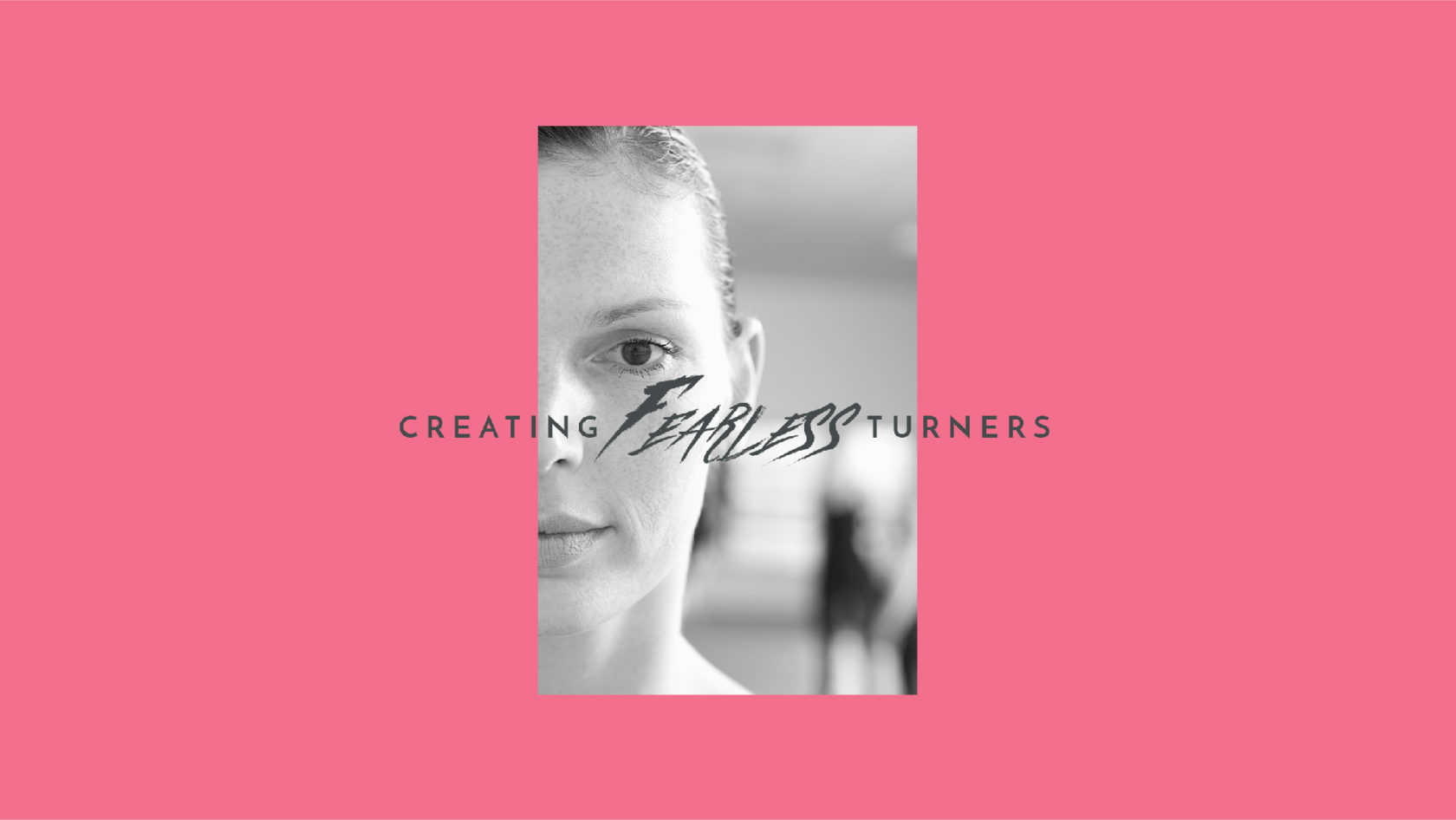What is going to happen? When I push up to relevé for this pirouette, will I actually stay standing? Will I flail about? Will I make the finish? Will I look ridiculous?
The Unknown is full of fright. For some students, this fear is more magnified, and pretending it doesn’t exist isn’t helpful. Their hesitation and trepidation needs to be seen and validated. Otherwise, we are engaging in a battle that cannot be won.
So then, the first step to creating fearless turners is to acknowledge the fear is real. Allow the fear to come out and make itself completely visible. After all, defeating an enemy you can see is far more probable than defeating a hidden one.
But once it is out, what do we do with it?
Get To Know The Fear
What does it stem from? Is it a technical challenge? Is it an emotional block? Is it only present when pointe work is involved? Does it exist with all types of turns or only certain kinds? En dehors? En dedans? Slow? Fast? When combined with other steps? Ask every question you can possibly dig up and then, alongside your student, hunt down the answers.
So many students simply stop at “I am afraid of falling.” Don’t allow them to stop there. Help them know their way around every corner of their fear. Once this step is taken, they are ready to develop a strategy.
Make A Plan
Depending on the answers uncovered in the previous step, you will devise a plan to help make the fear feel less intimidating. The goal here is to embolden the student with their own power source: their minds.
- EX: If you have discovered the student is afraid of the final pirouette after the long string of turns ahead of it, and the source is feeling a lack of control over the momentum, you break down the components that make up controlling momentum. How can you anticipate the turn before it arrives? How can you use plié to press the breaks on? How can you manipulate timing to your advantage?
- EX: If the student can execute fouetté turns like a breeze but crumbles with a la seconde turns because they can’t get a sense of where the working leg is in space, break down the components that make up spatial awareness. How can you use your working arm to help you stay connected to your working leg? What pictures can you place in your head to bring a sense of grounding to the toes at the end of the working leg? How can you shape the space around you so that it embraces you as opposed to abandoning you?
Analyze The Results
It is never enough to do a plan. We must always analyze the results that plan yielded and then go back to the drawing board if need be. Maybe we are on the right track, we just need to keep at it a bit longer. Maybe our path needs to verge ever so slightly a different direction. Maybe we need to take a different path altogether in order to get to where we want to be: No Fear In Turning. But one thing is certain, as teachers we must never leave our students to wander about without direction. Their fear will inevitably take over and turns will always be a thing they “aren’t good at”.
Find the fear, know the fear, whittle it down to all its tedious parts, make a plan to attack each one of those parts, execute the plan, analyze the results, move onward. This is how we create fearless turners, and this is how we create dancers who can always stand up to any fear that comes along and know they are stronger, smarter, and entirely capable.
Related Articles


Comments
No comments for this post.
Add Comment